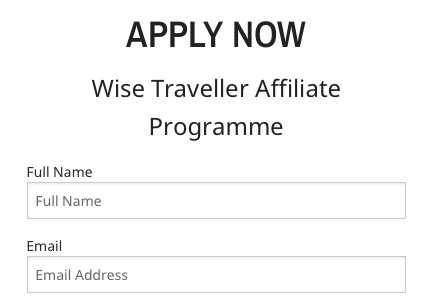Non-EU visitors to Europe will likely face a new system of entry and exit as regulations come into force over the next 12 months.
The European Union is planning to roll out an “entry-exit system” (EES), which seeks to record the movements of non-EU visitors to the Schengen Area. This area includes all EU nations except Cyprus and Ireland, as well as Iceland, Norway and Switzerland.
Phase 1 – EES: What is It?
EES, which is an automated Schengen Area IT system, is aimed at travellers when they either enter or leave at an external Schengen border. It won’t apply to internal borders. It will register the date and place of entry or exit. Travellers will have to be fingerprinted and provide a facial biometric at least once.
The EU said EES “will replace the current system of manual stamping of passports, which is time-consuming, does not provide reliable data on border crossings, and does not allow a systematic detection of over-stayers”.
Due to Brexit, British travellers will be deemed as “third-country nationals” and are restricted to 90 days’ stay in any 180 days within the Schengen area.
On first registration, travellers must submit fingerprint checks and provide a facial biometric. On visits within three years, only one of these will be required, usually the facial biometric. When using a new passport, a fresh biometric registration is required.
Date of EES Roll-out
The EU has pencilled in 10 November 2024 as the point of the EES introduction.
EU Home Affairs Commissioner Ylva Johansson, during a recent visit to the Tallinn-based agency responsible for the system’s IT infrastructure, said EES would mean better management of asylum procedures, improved protection of the rights of children, enhanced border security while preserving the openness and mobility that define the region.
“The moment is finally here,” said Commissioner Johansson. “Everything is coming together. We’re in the final testing phase. There is real momentum now. Carriers, operators, train stations, airports, everyone is getting ready for the big day.”
EES Exemptions
The EES will have exemptions. These include:
- nationals of the European countries using the EES, as well as Cyprus and Ireland;
- non-EU nationals who hold a residence card and are immediately related to an EU national,
- non-EU nationals who hold a residence card or a residence permit and are immediately related to a non-EU national who can travel throughout Europe like an EU citizen and
- non-EU nationals travelling to Europe as part of an intra-corporate transfer or for the purposes of research, studies, training, voluntary service, pupil exchange schemes or educational projects and au-pairing
- Holders of residence permits and long-stay visas
Phase 2 - Advent of Etias
Once EES is up and running, travellers will be primed for a second milestone data sometime in 2025. This time it will apply to the new European Travel Information and Authorisation System, or Etias, for short.
This is essentially an online permit that will have to be paid for and is similar to the US Esta scheme. Predictions suggest that a visa will cost €7 and be valid for three years. Dates suggest that May 2025 could be a provisional start date, with a six-month window before it becomes mandatory in November 2025.
The scheme will verify if a third-country national meets entry requirements before travelling to the Schengen Area.
The European Union says: “The launch of Etias in mid-2025 will be followed by a transitional period of at least six months. This means that, for travel during this time, travellers should already apply for their Etias travel authorisation, but those without one will not be refused entry as long as they fulfil all remaining entry conditions.”
When Etias comes on the horizon, a website and an app will be made available to enable registration and payment.
 Andy Probert is an experienced freelance business travel journalist and PR specialist.
Andy Probert is an experienced freelance business travel journalist and PR specialist.















